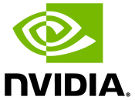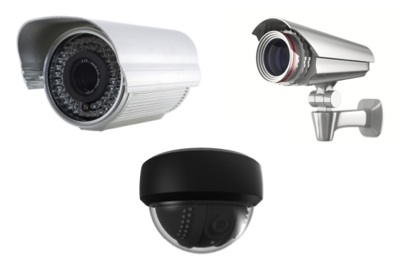Gaze Tracking Using CogniMem Technologies’ CM1K and a Freescale i.MX53
This demonstration, which pairs a Freescale i.MX Quick Start board and CogniMem Technologies CM1K evaluation module, showcases how to use your eyes (specifically where you are looking at any particular point in time) as a mouse. Translating where a customer is looking to actions on a screen, and using gaze tracking to electronically control objects […]
Gaze Tracking Using CogniMem Technologies’ CM1K and a Freescale i.MX53 Read More +



